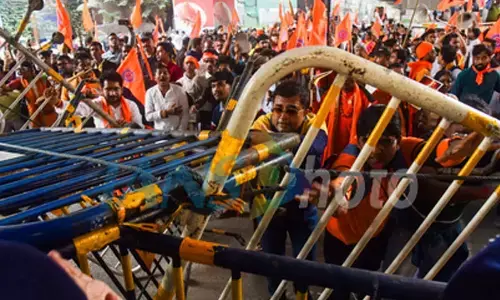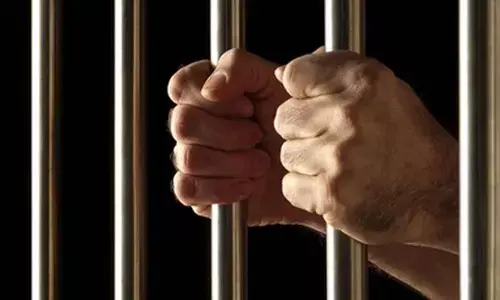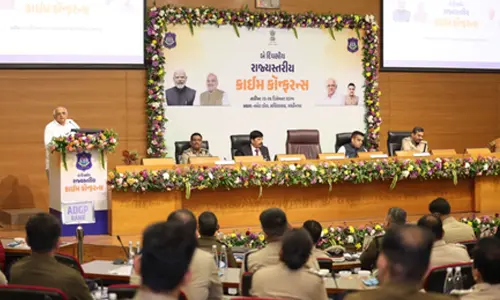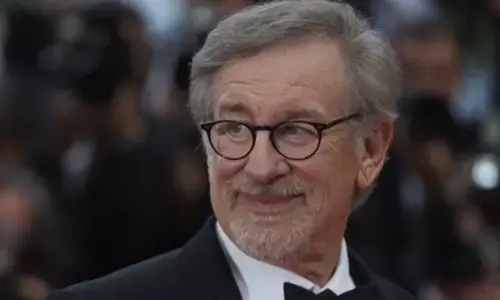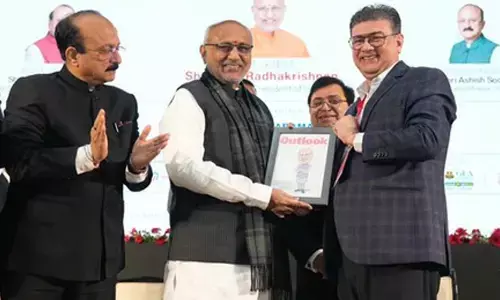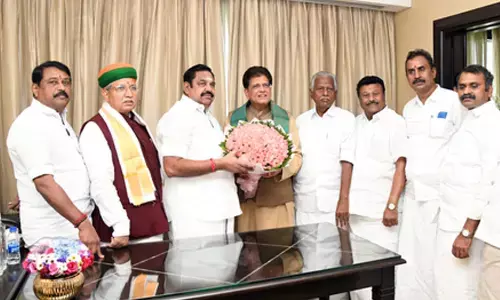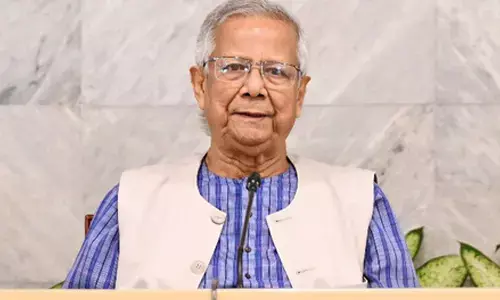Historic revolution

On February 23, 1917, the celebration of International Women’s Day in St Petersburg saw an angry city-wide demonstration of women workers protesting food shortages. Men joined in force crippling the country.
On February 23, 1917, the celebration of International Women’s Day in St Petersburg saw an angry city-wide demonstration of women workers protesting food shortages. Men joined in force crippling the country. Tsar Nicholas, the last emperor, ordered military intervention, but many joined hands with the people. Russia descended into chaos with the mutiny and Nicholas, faced with this untenable situation, abdicated his throne, handing over power to his brother Michael who too fled the country.
After the abdication of the Romanovs a Provisional Government was quickly formed by leading members of the Duma and recognised internationally as Russia’s legal government. After centuries of imperial rule, Russia was consumed with political fervour, but the different factions and ideas meant political instability.
Vladimir Ilyich Ulyanov was silently observing the situation from his home in distant Switzerland and saw an opportunity to lead his party, the Bolsheviks, to power. Negotiating a deal with the German authorities, he landed in St Petersburg in April 1917. His leadership was doubted first till he coined slogans like 'Peace, Land and Bread' and 'All Power to Soviets’ and they won the hearts of the Russians.
During the summer of 1917, Ulyanov aka Lenin made several attempts to invoke another revolution, the likes of which had taken place in February, with an aim of overthrowing the Provisional Government when the Machine Gun Regiment refused to leave Petrograd (as St Petersburg was then known) for the frontline. Lenin sought to manoeuvre them instead into making a putsch.
However, Kerensky, arguably the most important figure of the time - a member of both the Provisional Government and Petrograd Soviet - thwarted the coup. Experienced troops arrived in the city to quell any dissidents and the Bolsheviks were accused of being in collusion with the Germans. Many were arrested while Lenin escaped to Finland.
Despite this disaster, Lenin continued plotting and scheming. Meanwhile, Kerensky suffered his own political setbacks and even had to appeal to the Bolsheviks for military aid when he feared his Minister of War, Kornilov, was aiming for a military dictatorship. By autumn the Bolsheviks were climbing into the ascendancy, winning majority votes within the Petrograd and Moscow Soviets.
The November revolution (by the Gregorian calendar) saw Lenin capitalising on the party’s popularity to overthrow the increasingly ineffective Provisional Government and replace them with the Bolsheviks. October 24th (Julian calendar) saw Bolsheviks taking up crucial positions in the city and the guards commissioned by the Provisional Government fled or surrendered without a fight. The next two days fulfilled Lenin’s dream and the revolution succeeded with the bare minimum of dram or bloodshed.
Thus, the first Communist state was born in the world to change its history. But a huge class of functionaries who wanted to please their bosses failed the system. Gorbachev acknowledged the futility of "Marxism-Leninism and Russian imperialism" while writing the epitaph of the Soviet Union. Sadly, it was the very effort of the leadership to sustain Communism by the use of force and by inducing an artificial sense of isolation, which led to its collapse in 70 years.








